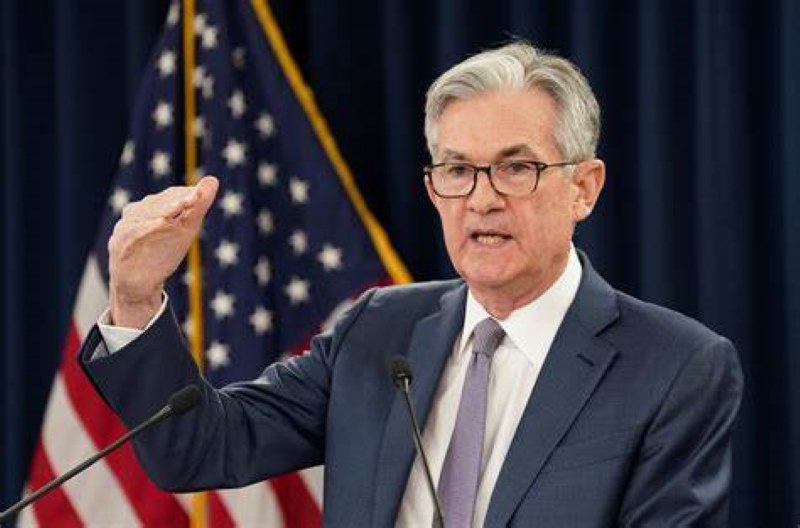Federal Reserve Chairman Jerome Powell’s regret the decision not to reduce the federal-funds rate during last week’s Federal Open Market Committee (FOMC) meeting. The monthly jobs report released two days later revealed significant weaknesses in the labor market, including sluggish job growth, declining average weekly hours, a rising unemployment rate, and slowing wage increases. As a result, market volatility has surged, leading to corrections in various equity markets and a full-blown bear market in Japan. This situation appears to stem more from perception than economics, necessitating a swift response from the Fed—both in communication and policy.
Positive Economic Outlook Misaligned with Job Market Realities
FOMC members entered their meeting with a relatively optimistic economic outlook for the economy. They reported 2.8% growth in gross domestic product. Consumer spending remained resilient, alongside robust business investment and job growth. Job growth has now surpassed pre-pandemic levels, and the stock market is thriving. While inflation is still above the Fed’s 2% target, it’s significantly lower than last year.
The FOMC’s optimistic outlook reflects strong economic growth, resilient consumer spending, and a thriving stock market, despite ongoing inflation concerns, according to wsj news.
Communication Breakdown and Market Response
It’s unfortunate the Fed lacked the latest employment figures during its meeting. However, their clear communication allowed the market to adjust. This resulted in a 19 basis point drop in the 10-year Treasury yield. After Friday’s jobs report, the yield fell to 3.8%. Despite the equity market sell-off, it remained stable into Monday. Had the Fed chosen a rate cut, the situation may not have differed significantly.
Leveraging Effective Communication Strategies
Moving forward, the Fed should leverage effective communication strategies focused on employment risks within its mandate. It’s essential for the Fed to articulate readiness to respond decisively. As new economic data emerges, clear communication will be crucial. The battle against inflation continues, and financial conditions have tightened significantly since the July meeting. This tightening will likely exert downward pressure on demand and inflation.

Banks Struggle Amid Rising Inflation and Rate Hikes
The nation’s largest banks amid rising inflation, including JPMorgan Chase, Wells Fargo, and Citigroup, are grappling with significant…
Setting Expectations for Future Rate Cuts
FOMC speakers should solidify market expectations for upcoming rate cuts at the three remaining meetings this year, clarifying that the debate revolves around 25- and 50-basis-point reductions. The decision should not be overly precise, relying instead on a range of economic data. An unemployment rate of 4.3% could warrant a 50-basis-point cut at the next meeting.
Preparedness for Economic Emergencies
The Fed should also maintain an emergency rate cut in reserve for significant structural disruptions, reminiscent of past crises like 9/11, the 2008-09 financial crisis, or the COVID-19 pandemic. While Friday’s jobs report was crucial, it represents just one noisy data point. Even after Monday’s correction, the S&P 500 remains strong for the year. However, should credit conditions deteriorate, an emergency rate cut could bolster the Fed’s communications.
Learning from Past Challenges
Reflecting on past challenges, the Fed’s delay in acknowledging inflation in late 2021 and early 2022 led to uncertainty regarding its credibility. Once it recognized the issue, the Fed acted swiftly to raise rates, curbing inflation. Presently, it appears just days behind the curve. Through continued credibility and effective communication, the Fed can gain the time necessary to catch up with the evolving economic landscape.
Enroll now for a 3-year membership to Bloomberg News and The Wall Street Journal, featuring a 77% discount. Enjoy the insights and expertise from these two powerful financial subscriptions and unlock a wealth of knowledge at an unbeatable price!

